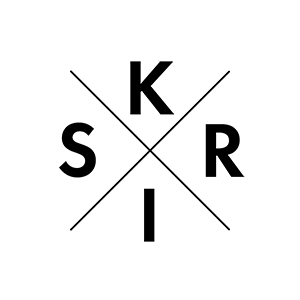You’ve executed the interviews – informative weren’t they? It’s the time to put all the information gowns in your head upon paper, and pull all this together to a complete picture.
This article ensues on from our previous document which offered tips on how to execute the selection interviews themselves. In this article we give you some practical techniques to use whilst inspecting your selection interviews, helping black mold your results into a thing tangible.
Shape your conclusions into a narration
After interviews you’ll find that get lots of interesting thoughts and ideas moving around your head, but very likely in zero clear composition. The results will be better to understand and convey to others if they are ordered into a obvious narration.
The best way to do this to get this done is to place everything upon paper and sift through the results to create a final unified story.
Sticky notes & a bright white board
2. Put all the concepts, choices and results you present in each interview onto sticky notes (each point should be on its own note).
* Stay away from long content as you should be able to quickly scan this and really know what it refers to, each post-it should just contain approximately 10 text.
* Feel free to use brief quotes or perhaps simple summaries if that they sum up the finding well.
* Include a number or an interviewee name towards the corner so you can keep track exactly where each sticky came from.
2. If you interviewed people coming from differing organizations (for example new and returning customers) patterns will probably be easier to place if you put a symbol to each post-it (or used colorway co-ordinated post-its) to show which in turn group that they belonged to.
After the interviews you’ll understand the common styles that look through the interviews, so progress the post-its around and group these people accordingly.
Take some time with this, you may find the first groupings alter over time. Sometimes it is called a great ‘affinity diagram’. An advantage of using post-its is that you can view the whole of your outcomes at once, instead of seeing a little part on the screen any kind of time one time. Witnessing the ‘big picture’ will assist you to visualise what’s going on more easily than attempting this kind of visualisation in your head alone. Another advantage is that post-its give you the versatility to make further changes to the diagram if and when needed.
Should you be able to, make this happen on a white board. This has 2 advantages:
* Allows you to draw wedding rings around the categories, and add réflexion where needed.
* The post-its might feasibly stick and stay where you need them (rather than deciding to fall to the floor at the most inopportune times).
Essentially you’re making a visual counsel (almost a mind map) of the effect. Once it has the visualized, you’ll find it’ll generate a lot more perception.
Don’t forget so why you had been conducting the interviews
The first content emphasized the need to have an obvious goal when conducting the interviews:
“The aims of interviews in order to discover:
* Users’ needs and goals.
* How users whole tasks on your site (or would do if functionality was available).
* What users believe the site provides them (and what more that they really want/need). ”
This could act as a useful framework to make use of your conclusions, and should end up being remembered even though conducting the analysis. Nonetheless keep in mind that beauty of interviews is certainly their versatility so if you feel placing an alternative solution focus on the results clarifies your studies, you can do therefore.
Bounce your ideas off somebody else
Stand in front side of your post-its and discuss your findings through with someone (or several people). Encourage questions. You will not be in a position to answer every question, however, you will find in which gaps inside your explanations will be. Talking throughout your findings may also help further clarify your opinions, and you’ll find out where the gaps are in the overall picture.
You may also get bouncing concepts off people that didn’t go to the selection interviews useful. Observing the results with someone with a diverse perspective from your can make ideas you might not have considered usually.
Take your time
There is a first couple of hours will be filled up with a frenzy of authoring and collection post-its, you should then sleeping on the final result. You will find your subconscious could keep on taking care of the problems, and you may well get you awaken with even more ideas, or when having a soak within a bath, or on the walk home… There always exists further parts to add, and changes to be made to your affinity diagram.
Growing your studies from interviews is like having a photograph manually ,. It takes some if you hurry through the procedure then the consequence is less it should be. Spend some time over the each stage, you will have been given an outstanding amount info to procedure during the interviews, so ensure everything relevant gets down and a clear total message can develop.
Conclusion
Once occur to be done it just leaves the ‘simple’ matter of:
* Making whatever improvements are required to your site
2. Producing gentes
* Figuring out problems with your overall site
5. Directing fresh design principles
another one of this thousands of problems interviews may feed amazingly useful data into n-af.co.jp. Require “small” problems might be made easier knowing the hard work are going to pay off come go live.
As i have said in the previous content “interviews are an easy way to find complex information about the users”, just remember that more efforts is needed than expected to get those awesome results.
